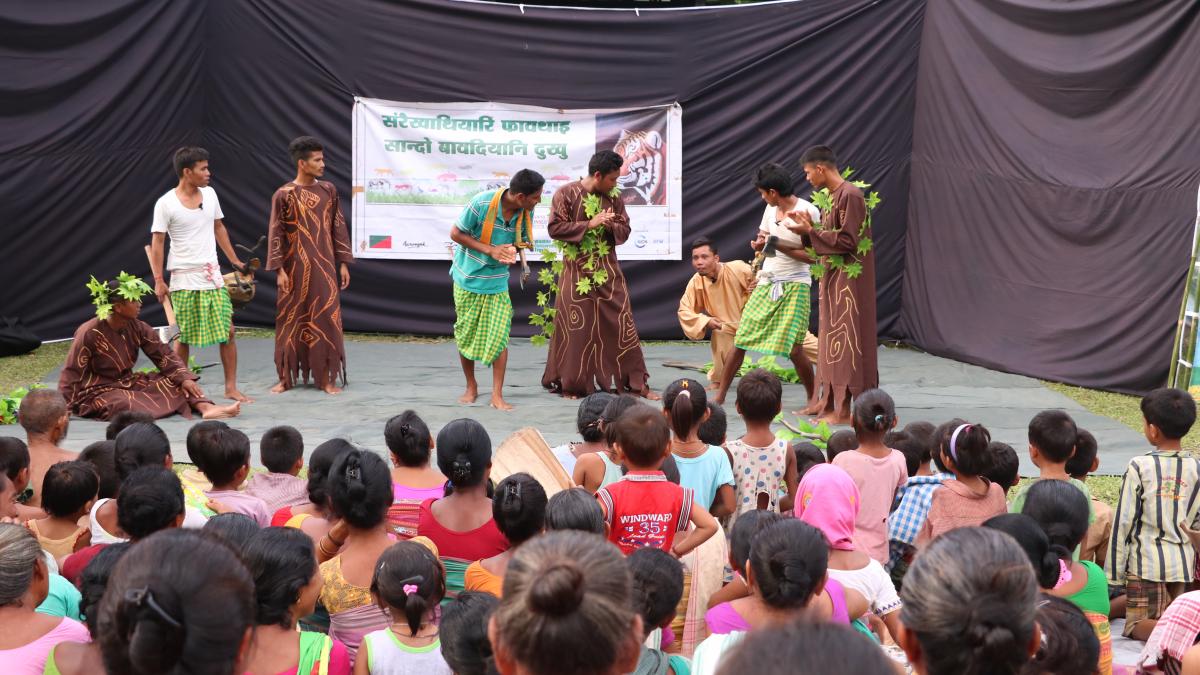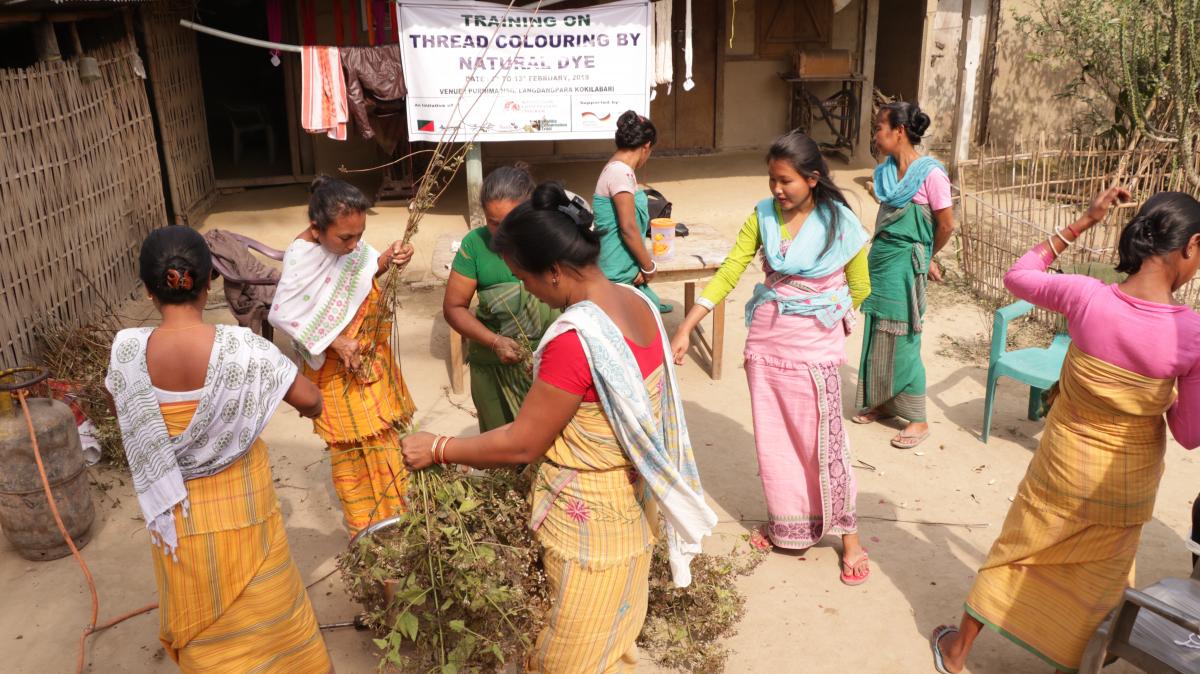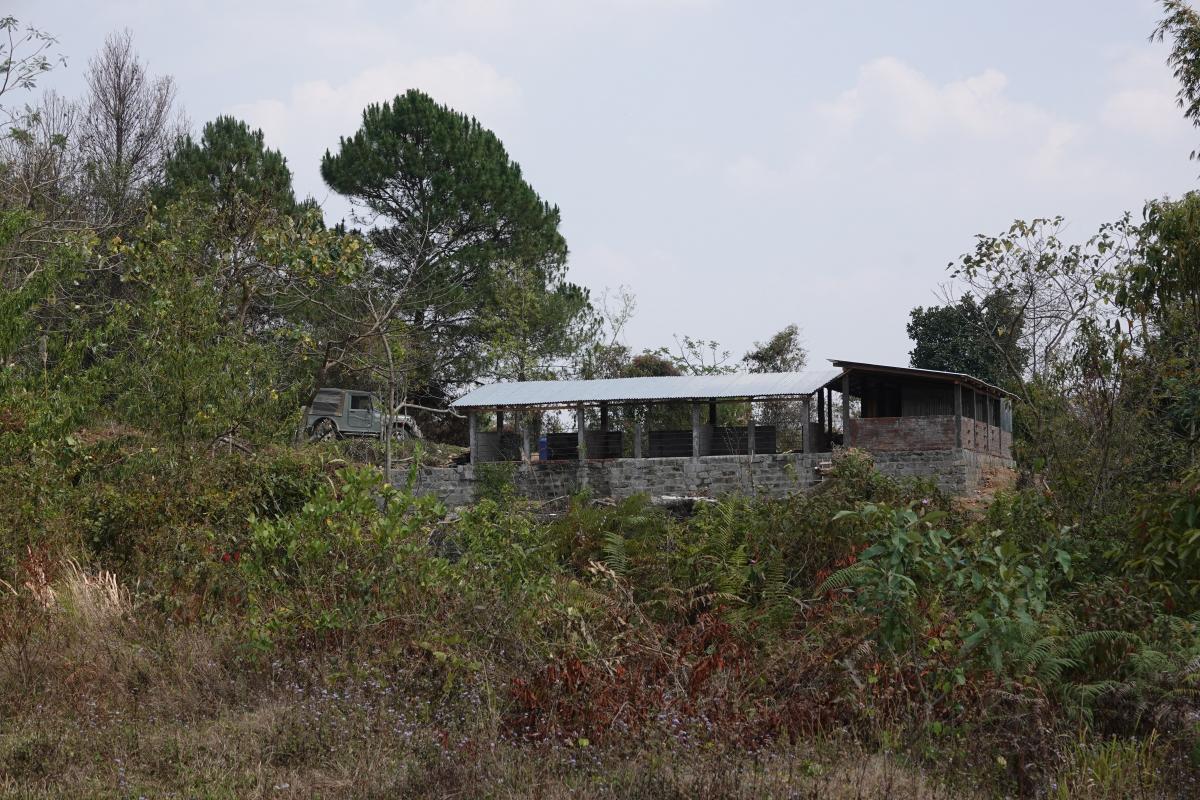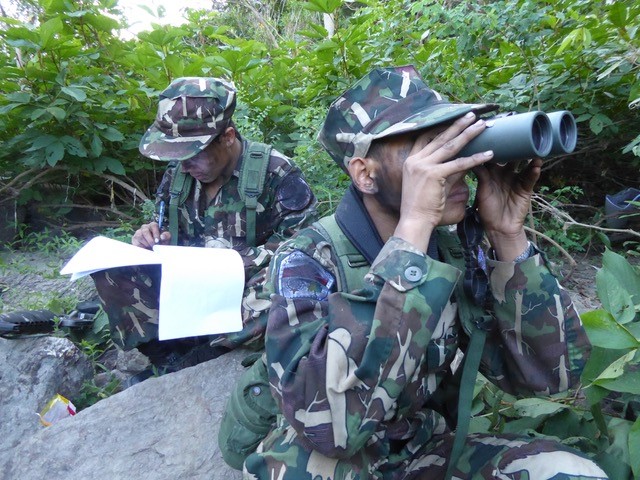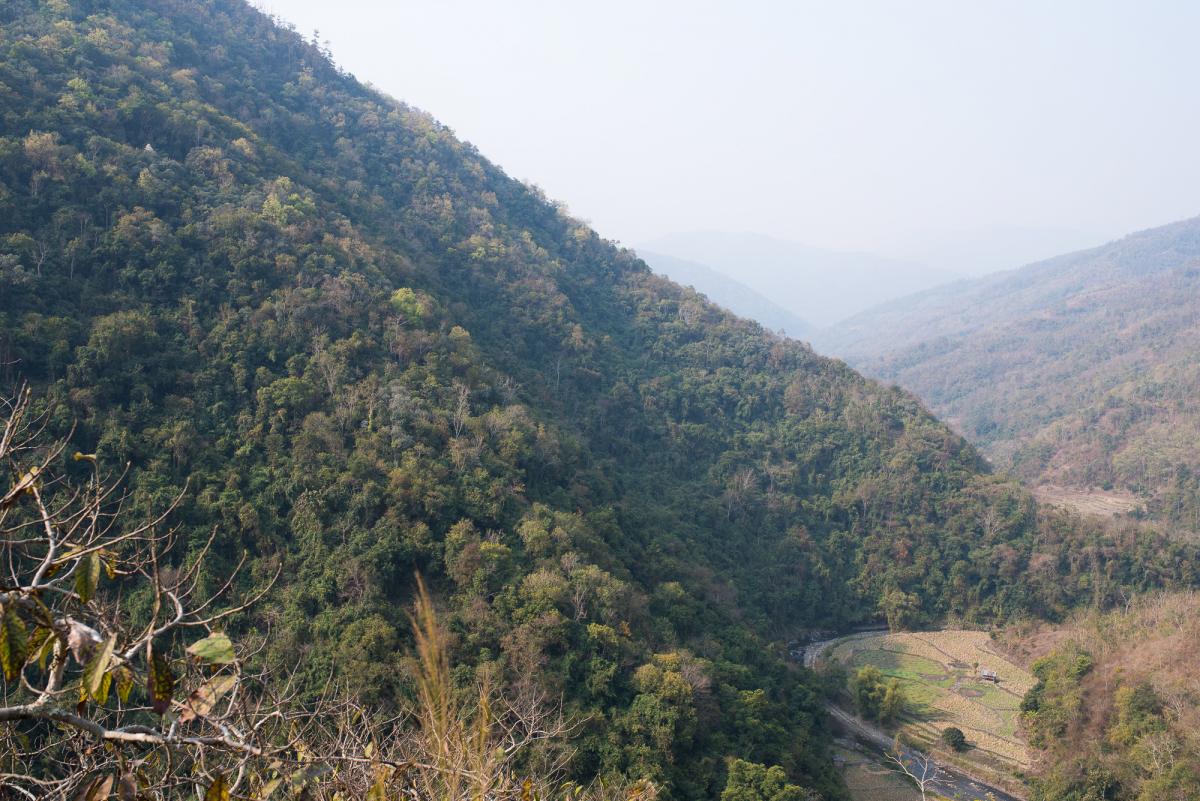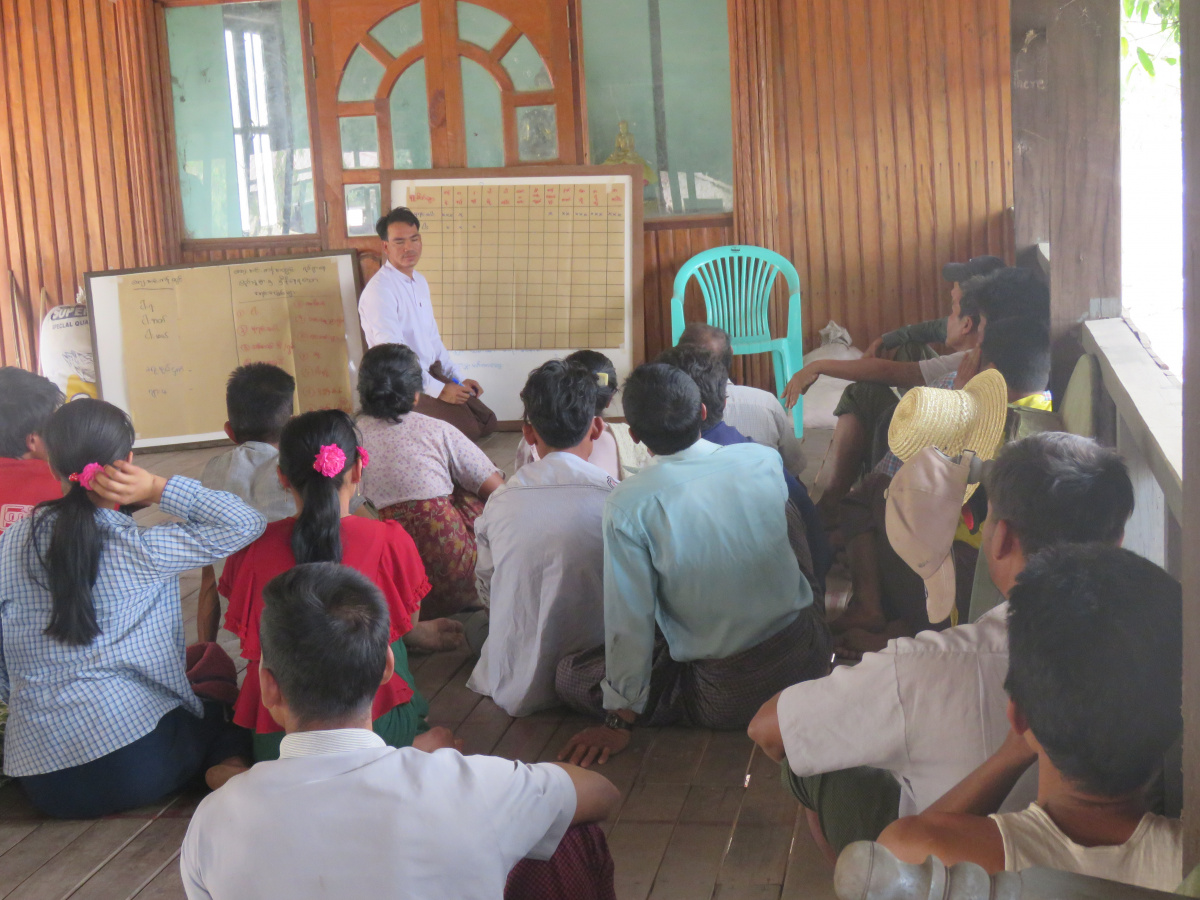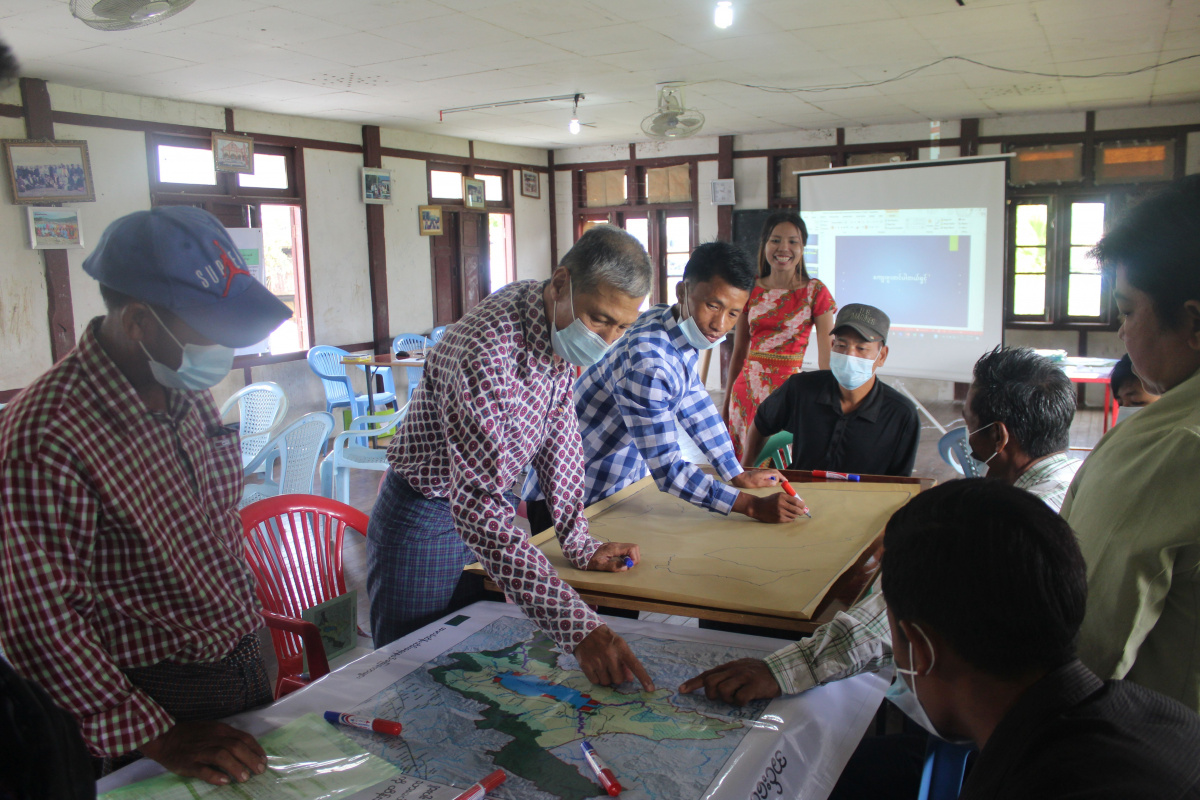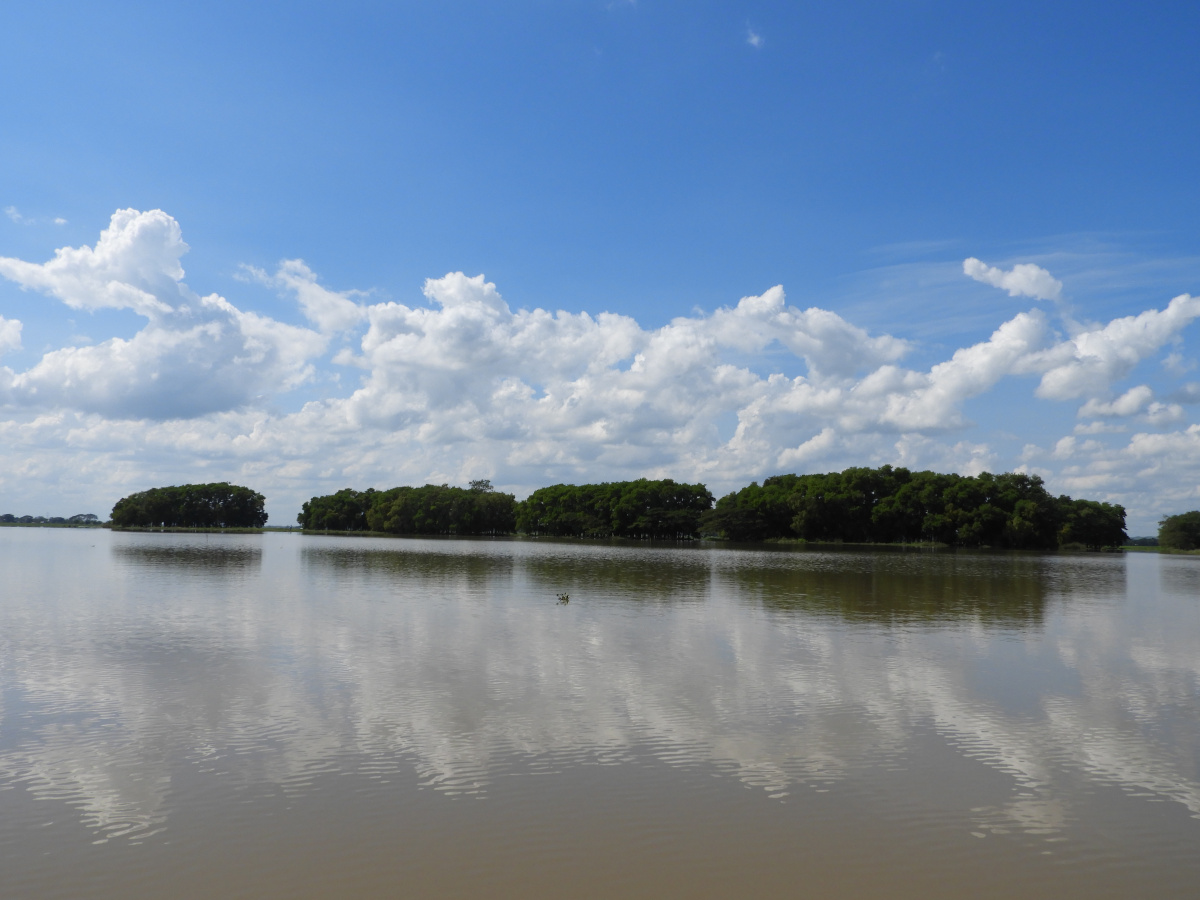Community involvement: the key to successful Tiger conservation
People of the forests have lived alongside tigers for generations, where they share the landscape, prey species, water and space. Together they have developed a bond based on mutual respect and understanding that has spanned history.
This article is published as part of the 30th edition of 'A Call from the Wild', IUCN's quarterly Species Conservation Action newsletter. This edition focuses on indigenous communities and their importance to conservation.
In today’s conservation practises, indigenous communities play a pivotal role in effective landscape scale conservation of species such as tigers and elephants. They need to be involved in all activities including planning and natural management to ensure the long-term success of any project. Inclusivity and participation in decision-making is key, but how those activities are executed depends on the circumstances and context of the project. Nevertheless, they form an integral part of the three pillars of landscape scale conservation: working with species, habitats and people.
This selection of projects highlights how different organisations are working with indigenous communities in three biodiversity hotspots: Bodoland in Assam, Northeast India, Nagaland also in Northeast India and the Dawna-Karen Hills of Karen State, Myanmar. These are home to the Bodo, the Naga and the Karen peoples respectively – all communities living with wildlife in a changing world.
In Myanmar, the Karen Wildlife Conservation Initiative (KWCI) is working to protect the tigers living in the Dawna-Karen Hills. Recognising that to achieve locally appropriate biodiversity and wildlife conservation management, indigenous people should be at the frontline of planning and implementation, KWCI have been instrumental in making significant conservation progress in the region. The foundation for this success has been the ongoing practice of ancestral laws and policies, which has helped protect much of the region’s biodiversity and habitat. For example, traditional beliefs prohibiting the clearing of forest on mountain ridges and along streams have ensured continued functional connectivity for larger species of mammals that require more space to move or disperse.
Working with the Karen community, KWCI has developed and implemented training and deployment of Wildlife Protection Units, established new Protected Areas, performed scientific research and improved farming practices. Critically, these activities have also facilitated employment opportunities and extensive capacity development, snowballing this community driven approach.
Perhaps the most pivotal activity has been participation in the Healthy Country Planning model – long-term regional conservation planning. This was the first opportunity to bring together Karen Forestry Department (KFD) representation from all seven districts in Karen State, the Bago region, Mon state and Tanintharyi (a territory the Karen call ‘Kawthoolei'). When completed in late 2019, this plan will mark a significant milestone for relations among different peoples in the region. Ownership of the plan and subsequent interventions have resulted from this effective and inclusive methodology, whereby indigenous knowledge and practice combined with cutting-edge science has formed the foundations of biodiversity management in the region.
In Nagaland in Northeast India, village institutions are strong, and community-based decision-making is the norm. Here indigenous communities belonging to different Naga tribes own a majority of the state’s forests. This habitat connects priority wildlife populations in Northeast India with the expansive forested tracts of northern Myanmar. In collaboration with local conservation organisations, Wildlife Conservation Society India (WCS India) is working with Naga communities to facilitate the dispersal of tigers across this large transboundary landscape (35,000km2). This will help future tiger movements between Htamanti and Hukaung Valley Wildlife Sanctuaries in Myanmar, where numbers are quite low, and Kaziranga National Park in India – a World Heritage site, which holds one of the highest tiger densities in the world.
A key challenge here has been finding alternative sources of protein to bushmeat. With the increased availability of firearms, the impact of traditional subsistence hunting has substantially increased, reducing wild animal population densities. Performing ecological surveys has helped identify habitats that still support significant wildlife populations, while concurrent social surveys have helped identify and prioritise those villages where wildlife presence overlaps with local conservation interest. Given many of the high priority villages are remote and lack access to markets, the development of community-owned piggeries seemed an optimal strategy to provide an alternative source of protein. Working with local communities to resolve their needs in this manner has paved the way for WCS India and its partners to work further with the Nagas toward strengthening wildlife corridors in the region.
In Assam state, also in Northeast India, Aaranyak – a local NGO – is working in Manas National Park, a World Heritage Site, to reduce anthropogenic pressure on the landscape in a bid to protect the tiger populations residing there. Due to its remote location and the socio-cultural environment, local populations, including the Bodo peoples, have become dependent on the park resources for their livelihoods. The Bodo culture is deeply rooted in ecology, practicing Bathouism – a faith where they worship the five elements of nature – air, water, earth, fire and land.
Aaranyak’s ‘Manas Tiger Conservation Programme’ draws on Bodo traditional ecological knowledge and skills to reduce pressures on tigers and their habitat in the region. Activities include unique entrepreneurial ventures, such as natural dyeing of thread and fabric and food processing, along with the revival of traditional homestead agroforestry systems and livestock management, which have considerably reduced the forest dependency of the community members. Meanwhile, outreach, including conservation theatre inspired from a popular folktale, ‘Sando Bawdiani Dukhu’, performed by the local youths in their mother tongue, has stimulated a rich and enduring discourse among Bodo villagers about the methods, benefits and importance of living in harmony with nature in Assam.
IUCN’s Integrated Tiger Habitat Conservation Programme currently has 12 projects across six Tiger Range Countries. Many of these projects are in remote areas where substantial tiger populations persist or have the chance of recovery. A large number of these are also in territories managed or influenced by indigenous people and local communities. Drawing on the knowledge developed through generations by communities living with wild animals in wild landscapes will be the key to ensuring that coexistence continues long into the future hand in hand with sustainable development in the fast changing world we live in.
